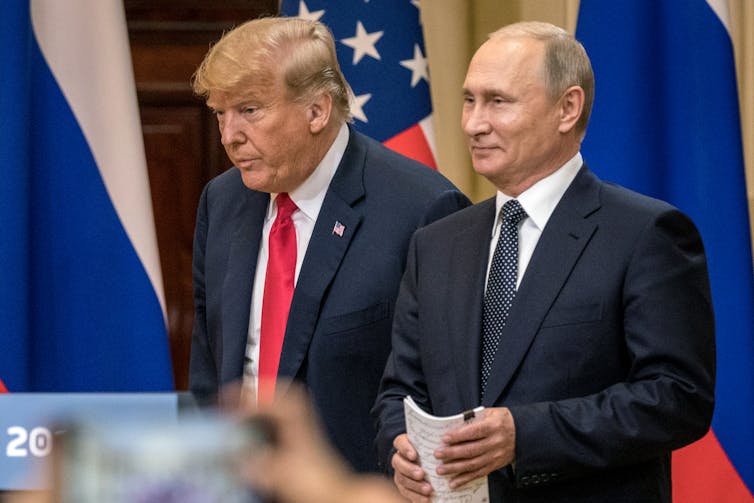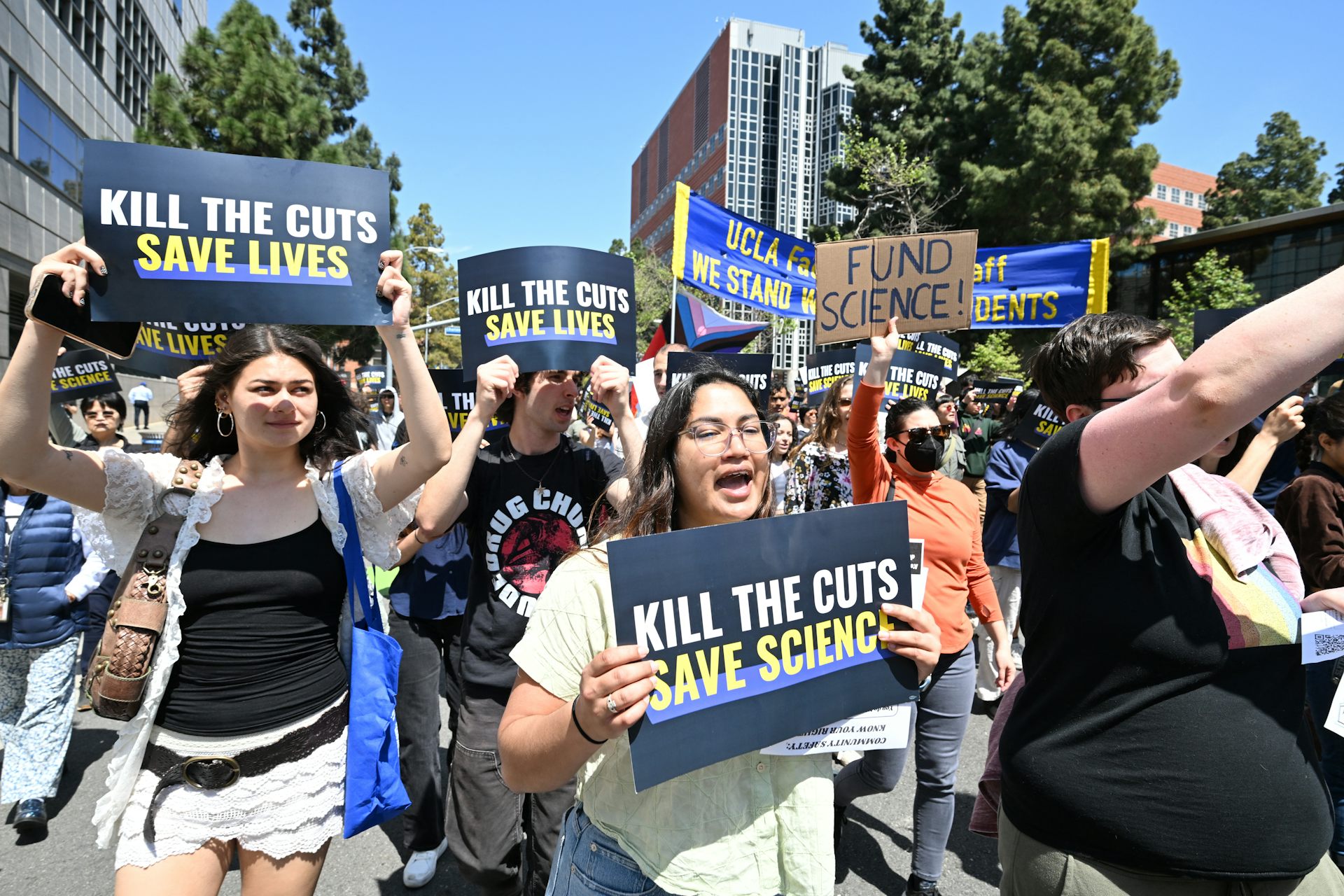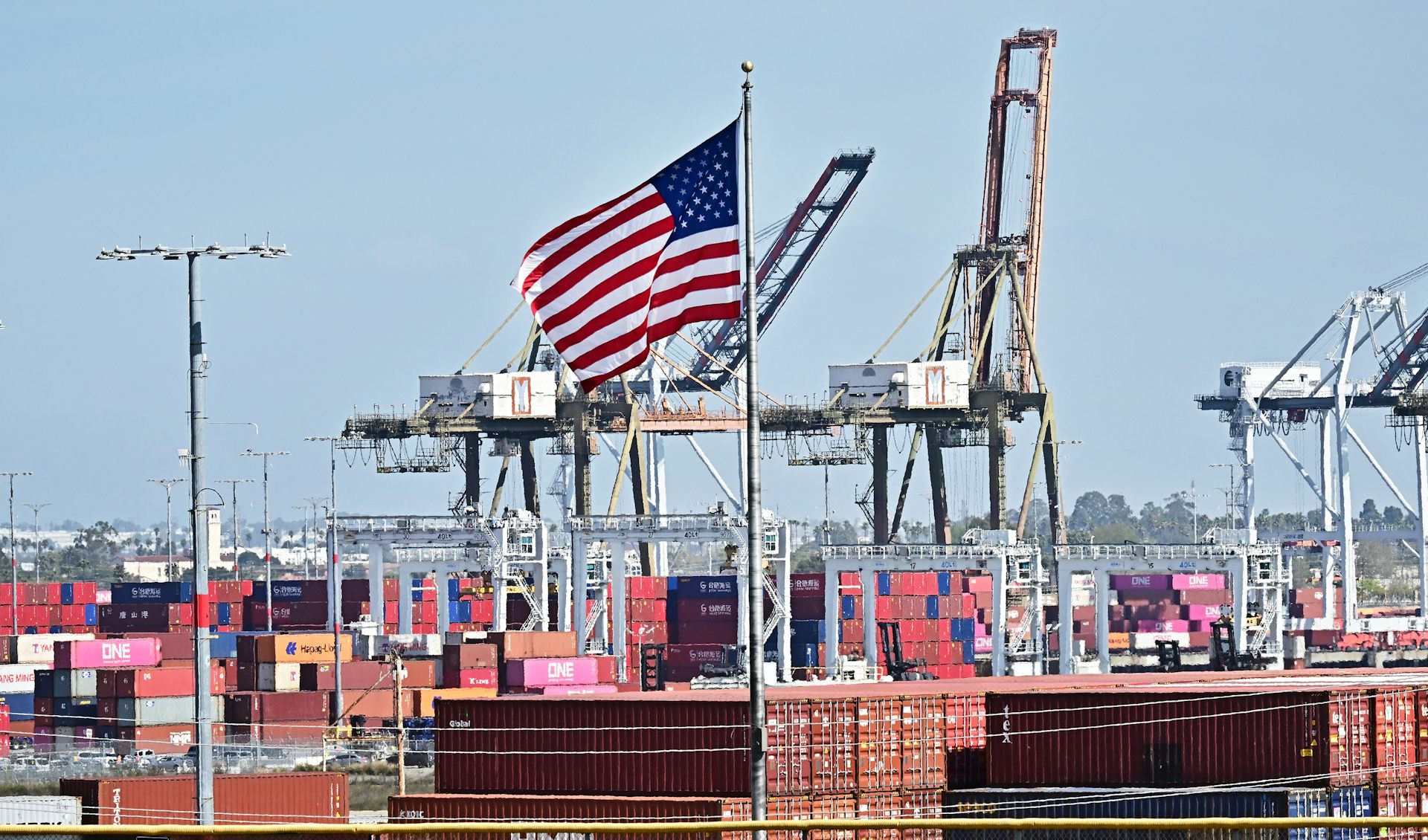Sanctioning ghosts: Why US plans to hit Russia with fresh economic penalties will have little effect
Trade between Russia and US has fallen 90% since 2021 – blunting the impact of any proposed tariffs or sanctions.

One way or other, it looks like Russia could soon be slapped with a fresh round of U.S. sanctions.
On July 23, 2025, a bipartisan push to impose a 500% levy on imports from Russia or any country buying Russian oil was put on hold – but only to allow President Donald Trump’s separate threat of imposing new economic measures to play out first. Trump had previously said he would unilaterally impose new sanctions if President Vladimir Putin failed to agree to a ceasefire with Ukraine by a date the U.S. president originally set at Aug. 30, but later indicated would be shorter.
Adjectives such as “harsh,” “punishing” and even “bone-crushing” have been attached to both proposed measures. But what impact will they really have if the threats turn into action?
As experts on economic sanctions, we argue that such efforts are akin to sanctioning ghosts. The reality is the economic relationship between Russia and the U.S. is a shell of its former self, with trade between the two countries down 90% since 2021, the year before the invasion of Ukraine.
Meanwhile, Russia has developed a network of critical partners to support its war effort, including China, Iran and North Korea. While the Russian economy remains challenged to some degree, it has largely weathered the impact of Western sanctions since 2022. The International Monetary Fund forecasts that Russia’s economy will grow by 1.5% this year, although inflation appears to remain stubborn.
Challenges to US efforts
Economic sanctions imposed to change the behavior of a target country can range from restrictions on exports and imports to asset freezes, banking restrictions and travel and visa bans. They can be comprehensive, encompassing an entire country’s economy; sectoral – that is, targeting specific economic activity; or directed at specific people and entities.
Talk of new sanctions on Russia represents a turn in strategy for the second Trump administration.
After taking office again in January 2025, Trump took what has widely been seen as a softer line on Russia than the previous president, Joe Biden.
On Feb. 24, the anniversary of Russia’s invasion of Ukraine, the Trump White House did not, for example, announce any new economic sanctions against Russia – the first time the United States had failed to do so on the date since Russia’s invasion.
And while the broad sanctions landscape has remained largely unchanged under the Trump administration – it hasn’t relaxed any of those imposed on Russia under Biden – the ability to impose additional penalties may be impacted by other actions and changes in approach.
For one thing, the State Department – one of three main departments responsible for sanctions – has shed nearly 3,000 employees as part of Trump’s mass layoffs of federal workers. That loss of expertise could make it difficult for the U.S. to wield its economic power against Russia.

The U.S. has also been less willing to work multilaterally with other countries. Not only has the Trump administration shown a willingness to shut out Ukraine and European allies in peace negotiations, but it has also been less willing to adapt its sanctions to better coordinate with the European Union. The bloc, for example, recently unveiled its 18th package of economic sanctions against Russia on its own, after the U.S. declined to join the bloc in lowering the price cap on Russian oil.
More harm than good?
While EU and U.K. efforts seek to bolster the existing sanctions regime, the proposals currently being looked at in the U.S. could do more harm than good.
The legislation pending before Congress includes what sanctions experts call secondary sanctions. Those are imposed on a sanctioned nation’s trading partners.
While the Senate has, for now, stepped back from its threats to legislate new sanctions against Russia, the Trump administration has threatened both tariffs on Russia and secondary tariffs on nations that continue to trade with Russia.
These measures could be diplomatically challenging as Trump negotiates trade deals with India and China – two of Russia’s key trading partners. Such actions by the Trump administration raise the prospect of retaliatory measures against the U.S.
Also, any additional sanctions and tariffs could be disruptive to a global economy already jittery from Trump’s on-off tariffs.
Less trade = less influence
A problem with lengthy sanctions regimes is that as trade diminishes, they tend to become less effective. As economist Albert Hirschman argued in his seminal work on trade and power, trade is both a means of acquiring power as well as a source of power that can be wielded coercively.
U.S. trade with Russia has fallen significantly – from US$38 billion in 2021 to just under $4 billion in 2024. U.S. exports to Russia and imports from Russia have declined precipitously since 2021, down 73% and 51%, respectively.
As trade links between the two nations decline, the United States’ ability to coerce through trade diminishes significantly.
While the Trump administration has not announced any definitive sanctions against Russia, talk of even a “100% tariff” is unlikely to harm the Russian economy, since it currently exports so little to the U.S. In 2024, this amounted to $3 billion – a nearly 90% decline in trade since 2021.
As such, new tariffs on goods coming into the U.S. economy are unlikely to push Putin to the negotiating table.
The warnings of many economists over the impact of tariffs bears repeating here: Tariffs are taxes. And the costs of those taxes are borne by firms importing foreign goods into the U.S., not the Kremlin, who then pass the costs onto consumers and other businesses purchasing those goods.
Data from the United Nations Comtrade database shows that the top Russian export to the U.S. in 2024 was fertilizer. Prior to the Russian invasion of Ukraine, Russia was the largest exporter of fertilizers globally – with China and Canada second and third, respectively. Further tariffs on Russian fertilizer are not likely to be welcome by U.S. farmers already suffering from the higher costs of imports elsewhere.
Meanwhile, U.S. exports to Russia have fallen sharply since 2021 and are now a mere fraction of the levels four years ago. Since then, Russia has replaced Western trade with that of other countries, mainly developing economies, or has simply avoided sanctions by routing goods through third-party states.
Moscow’s network of friends
Looking at Russia’s network of trading relationships is key to understanding when sanctions work and when they don’t. We argue that sanctions’ limited impact on the Russian economy is largely due to the Kremlin’s ability to find trading partners willing to ignore the United States’ and other countries’ sanctions.
China, Turkey, Germany, India and Italy export significant amounts to Russia. Meanwhile China, India, Turkey, Uzbekistan and Brazil remain critical markets for Russian goods.
And North Korea, along with providing Russia with manpower on the front lines, has also pledged to expand its economic cooperation with Russia.
For its part, China’s trade with Russia appears to be increasing despite the two countries’ complicated history.
A key catalyst for China-Russia economic cooperation has been the Trump administration’s tariffs. Both countries have long aimed to supplant the U.S.-led liberal world order, and the notion of a new world order has only gained support among members and prospective members of the BRICS bloc of low- and middle-income nations, of which China and Russia are a part.
The outlook for US sanctions
The decline in trade between the U.S. and Russia means that tariffs are, in our opinion, a nonstarter if Washington is truly looking for a measure to push Putin toward a ceasefire. And secondary tariffs against Russia’s trading partners have the potential to harm U.S. consumers and businesses.
As such, we believe that sanctions – either through Congress or the White House – will do little to alter the course of the Ukraine-Russia war, or advance Trump’s longed-for peace deal.
The authors do not work for, consult, own shares in or receive funding from any company or organization that would benefit from this article, and have disclosed no relevant affiliations beyond their academic appointment.
Read These Next
Black-market oil buyers will push Venezuela for bigger discounts following US seizure – starving Mad
Venezuela relies on the black-market oil trade for a large chunk of its revenue. US enforcement actions…
As a former federal judge, I’m concerned by a year of challenges to the US justice system
A university president who’s a former federal judge looks at the rule of law and the Trump administration’s…
Songbirds swap colorful plumage genes across species lines among their evolutionary neighbors
Interbreeding across species lines is one way helpful genes can spread into a bird population.






